Localization made easy.
Boost your localization efforts, increase productivity, and go to market faster with our AI-powered machine translation and collaboration tools.

Say goodbye to
localization
headaches
Transiyzi is web-based software designed to simplify the complex and time-consuming process of localization management. With Transiyzi, product people, marketers, and software developers can centralize all their localization efforts, collaborate with translators seamlessly, and expand their global reach. The platform supports 25+ file formats, making it easy to import and export translations.

Quick Translation

Comments
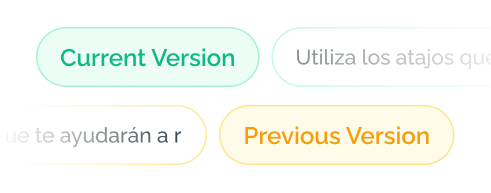
Versions

Activity Feed
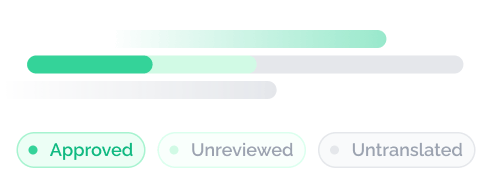
Track All Progress

Export
Deep dive into Transiyzi
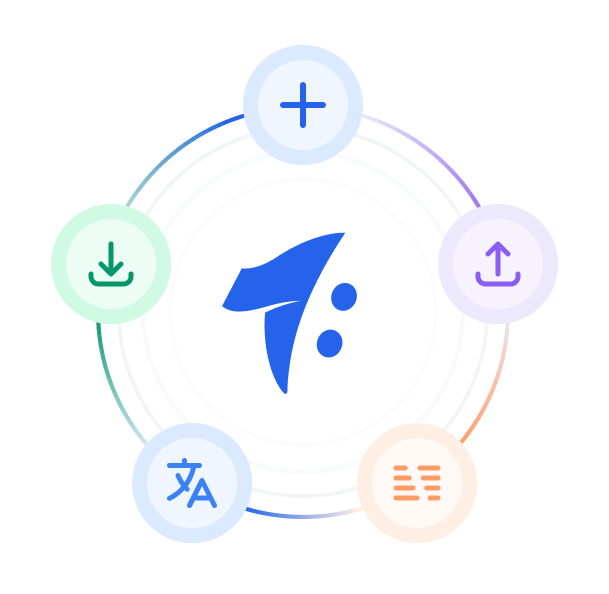

Workflow Tools
Tools to ensure that your translations are accurate and consistent with your business language.
Learn more →
White-label & Branding
Your domain, logo, and colors, customize your Transiyzi experience entirely with your own branding.
Learn more →
Teams & Roles
Translators, proofreaders, or managers; assign your members to project teams based on their responsibilities.
Learn more →



AI-powered Machine Translations
Powered by neural networks and the latest AI innovations through GPT-3 and DeepL, the most accurate machine translations can be done by Transiyzi. Moreover, Google Translate and Microsoft Translator are also available for machine translations.
Learn more →Automation Solutions

CLI / Command-line interface
Transiyzi CLI lets you upload or download translations directly to your app, integrating with your build chain or CI/CD process.
Learn more →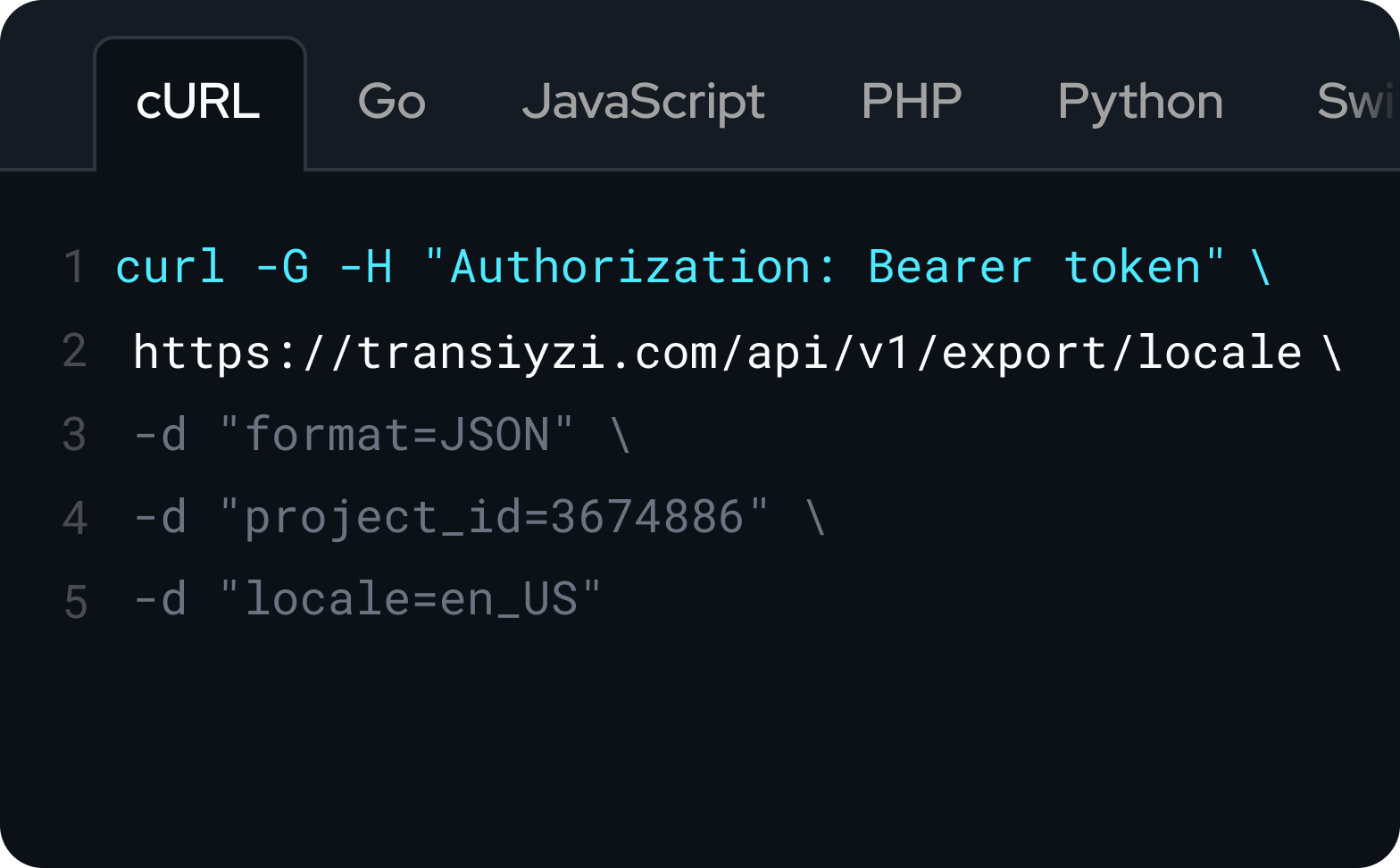
REST API & SDKs
We provide APIs, SDKs, guides, and tutorials to make localization faster and easier.
Learn more →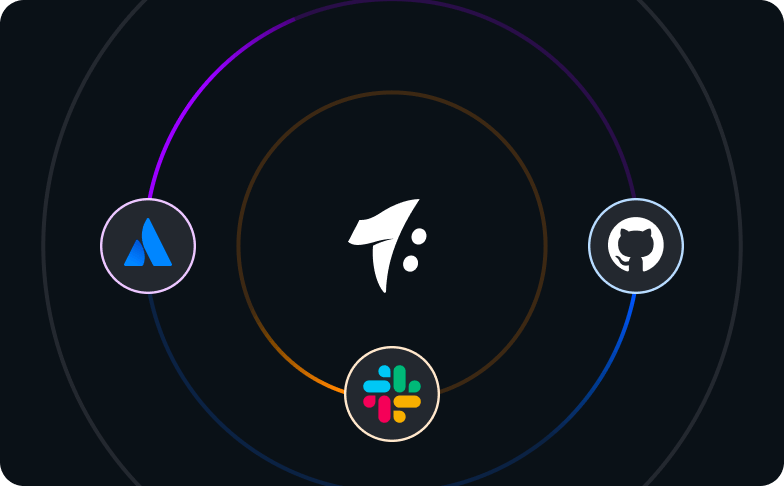
Integrations
Transiyzi seamlessly integrates with your preferred tools and existing workflows.
Learn more →Things you can translate with Transiyzi
Web apps
We're compatible with your web apps. Integrate into your Backend, Frontend, or tools, including no-code platforms.
Mobile apps
Whatever platform you are developing on. iOS, Android, React Native, or Flutter.
Games
Turn your games into multilingual. Unity 3D, Unreal Engine, or whatever engine or platform you prefer.
Documents
Upload your files in supported formats such as .xls and get them ready for translation.
Marketing Assets
Simply type the texts of your social media, images, or video assets and start translating.
Customer Services
Tickets, communities, or instant bot messages. You can use Transiyzi for all your needs.
Latest posts on our blog
Localization - everything you need to know about it
What is Localization?
The process of adapting software or other products to meet the language, cultural, and other specific requirements of a specific locale or market is known as localization.
Why is Localization important?
Localization is important for businesses because it allows them to reach more customers, increase sales, build brand loyalty, comply with local regulations, and expand globally.
What is Localization Software?
Localization software is a tool that assists businesses in adapting their software or other products to meet the language, cultural, and other specific needs of a specific locale or market.
How do you measure the success of a localization?
Customer satisfaction, sales and revenue, and increased market share in the target locale or market are all indicators of localization success.
What are the most common mistakes during the localization process?
Poor translation quality, cultural insensitivity, improper formatting, and failure to adapt to local regulations and requirements are the most common mistakes made during the localization process.
Why does a localization fail?
Poor translation quality, a lack of cultural adaptation, technical issues, and failure to comply with local regulations and requirements can all cause a localization to fail.
What is an effective localization?
An effective localization is one in which a product is precisely adapted to meet the language, cultural, and other specific requirements of a specific locale or market, resulting in high customer satisfaction, increased sales and revenue, and successful expansion into new markets.
Who is responsible for localization?
Localization is typically handled by a team of professionals that includes project managers, localization engineers, linguists, and subject matter experts. The team could be internally based or outsourced to a localization service provider.
Why should you use Localization Tools?
Localization software can assist businesses in streamlining the localization process, lowering costs, improving translation quality, and ensuring consistency across multiple languages and platforms.
What kind of tools can help improve my Localization process?
Translation Memory tools, Terminology Management tools, Content Management Systems, Localization Project Management tools, and Machine Translation tools can all help you improve your localization process.
How can users improve localization?
Users can help localization by providing feedback on translation quality, reporting any technical issues or errors, and suggesting cultural adaptations or other enhancements.
How do you design a better localization experience?
Understanding your target audience's needs and preferences, adapting the product to meet their cultural and linguistic requirements, providing clear and concise translations, ensuring consistency across multiple languages and platforms, and soliciting feedback and implementing improvements based on user input are all part of designing a better localization experience.
How long is the localization process?
The length of the localization process varies substantially based on various factors, including the project's size and complexity, the number of languages being translated, translator availability, and the quality of the source content. Unexpected concerns, such as technological difficulties, cultural nuances, and regulatory constraints, might sometimes prolong the procedure. To define a realistic schedule for your unique project, it is best to collaborate closely with a localization team.
What is a localization checklist?
A localization checklist is a tool used to ensure that all necessary steps in the localization process have been taken. It aids in avoiding the omission of any important details or steps.
What is the goal of localization?
Localization is the process of adapting a product or service to meet the cultural, linguistic, and other specific requirements of a specific region or market.
What are localization flows?
The process of transferring a product or service from one language or culture to another is referred to as localization flows. It is divided into several stages: content preparation, translation, editing, and final review.
How do you optimize localization process?
To optimize the localization process, plan and prepare ahead of time, use localization software that streamlines the process, use translation memory and terminology management, perform thorough testing and quality assurance, and continuously improve the process through feedback and data analysis.
What is a good localization?
A good localization accurately and successfully modifies a product or service to match the linguistic, cultural, and functional needs of a given market while keeping the product's original intent and design.
What is localization in UX design?
In UX design, localization is customizing the user experience of a software product or service to fit the cultural and linguistic requirements of a certain market or region. Language, images, symbols, colors, and other design aspects may be altered to ensure that the product or service is appealing and accessible to customers in the target market.
How do you improve localization process in UX?
Use culturally appropriate design elements and colors, conduct user research in the target market, use clear and concise language that is easy to translate, make localization a key consideration in the design process, and test the localized product with users in the target market to ensure that it meets their needs and preferences.
How do I do a translation for a website?
To translate a website, you must first identify the target languages and markets, then extract the content from the website, translate the content with the help of a qualified translator, localize images and multimedia, edit and proofread the translation for accuracy and consistency, integrate the translated content back into the website, and test the translated website to ensure that everything works properly.
What is another word for a localization?
"L10n" is another term for localization. It's an abbreviation for "localization," with 10 representing the number of letters between "l" and "n" in the word.
Is translation part of localization?
Indeed, translation is an important step in the localization process. Localization entails customizing a product or service to match the cultural, linguistic, and other specific requirements of a given location or market, whereas translation requires transferring text from one language to another. Localization includes much more than just translation. It also includes cultural adaptation, currency and time zone conversion, legal and regulatory compliance, and other factors.
Don’t take our word for it
Ease of use. Affordable. White-label. Just three of the reasons we outperform other localization management softwares.



Sound business ethics

Uptime 99.5% or higher

Monitored 24/7/365
Ready to streamline your localization
operations and go to market faster?
You can be up and running in minutes with our 14 day free trial. No credit card required.










